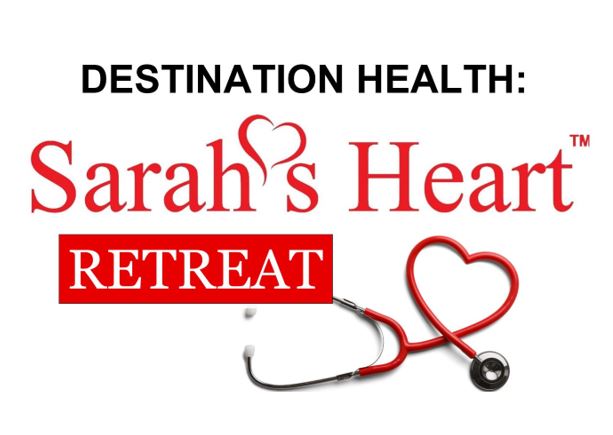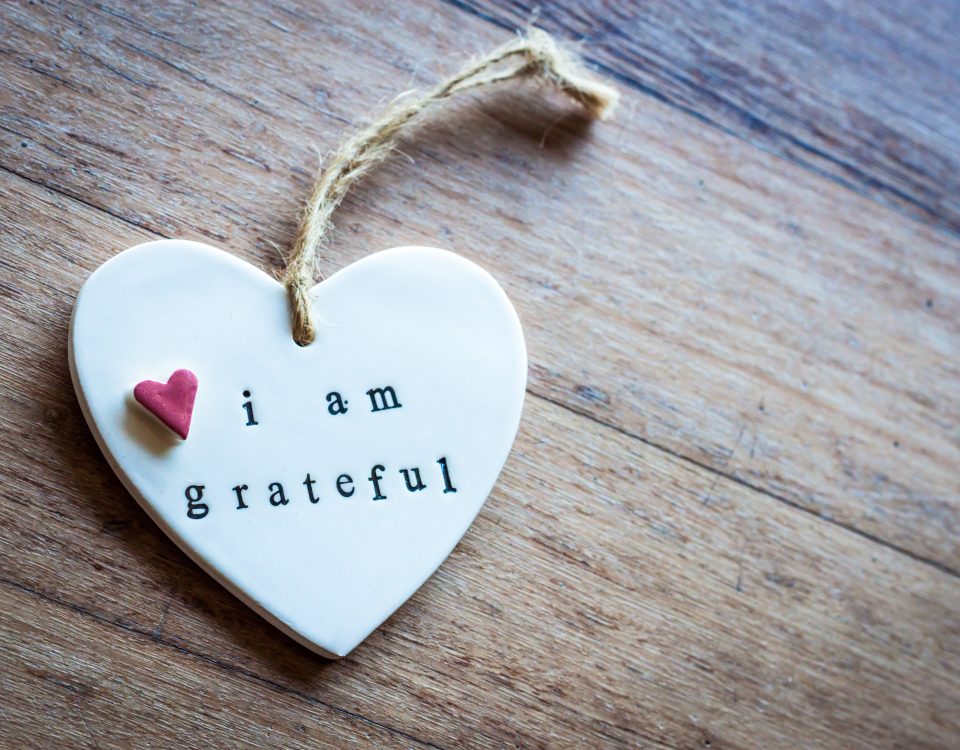
Are You Thriving or Just Surviving?
June 9, 2017
7 Tips to Neutralize Anger & Slow Stress-Related Aging
June 22, 2017Walking Meditation: Creating a Sacred Path

Make meditation your medication. It requires your conscious and sustained use of attention, which distances you from your mind-chatter. I often advise my patients to use meditation as part of their mind-body therapies to lower blood pressure, treat anxiety and depression, and decrease blood sugar and cholesterol levels.
Research has shown that those who learn to meditate have a statistically significant reduction in anxiety and feel less stressed and worried. Meditation has been shown to decrease insulin resistance and reduce addictive behaviors such as cigarette smoking and alcohol use, among other benefits. Unlike a seated meditation with your eyes closed, walking meditation connects you with your environment.
Walking meditation allows us to meditate during our everyday activities. The slow methodical movements are calming, relieve stress, and focus the mind –essential for well-being and optimal health. Those struggling with sitting still when initiating their meditation practice usually find it easier to start with walking meditation. Walking slowly and formally may be an acquired taste. If this is true for you, then walk for a few minutes each day and build up as it becomes a more joyful, natural habit.
Many spiritual traditions have walking meditation paths called labyrinths. A famous winding path is the one set into the floor stones in the nave of Chartres Cathedral in France where pilgrims have been coming to walk the labyrinth for 1000 years. Often, walking meditations are practiced outdoors. This meditation is creating a profound sense of connection between you and nature, as you synchronize your body, breath and mind in the present moment. I love this practice at a nearby beach for the added benefit of connecting with nature through the smell of the ocean, the sound of waves, the feel of the breeze on my skin and the sand under my feet. I also have a very large canvas version of the Chartres labyrinth that we use at Pacific Pearl La Jolla. It is about a 25-minute walk to the center of the labyrinth and back. Imagine being in the moment — when combined with a candlelit room and recorded chanting or live crystal singing bowls, it is an ethereal, transformative experience.
Getting started:
- Simply practice being mindful and in the present moment when you are walking, paying attention to your breath and movements.
- Find a pace that feels comfortable to you – just a slower version of your regular pace with a natural stepping motion.
- Choose a path with natural turn-arounds so you do not have to concentrate on how far you walked and where to turn around.
- Select a path where you will avoid bumping into people or having to walk around r avoid things. It can even be a 40-foot path that you simply walk up and down.
- Allow about 20 minutes daily, if possible. Turn off your phone ringer, but set your alarm.
- Keep your eyes gently focused on the ground.
- Pay attention to your “left foot, right foot” repetition, while feeling the present moment in your environment
- Walk more slowly than your normal pace, lifting and placing your foot with each slow breath. Feel your heel, ball of your foot and toes slowly touch the ground.
- Be very mindful of your environment. You feel the sand, grass, floor tiles or wood floor beneath your feet. You notice the air and fragrance while you focus on your right and left steps.
- Take a few slow, deep breaths in and out to relax your body. Count to four on both your inhale and exhale. Breathing controls our autonomic nervous system. Even the simplest breath-work exercises produce instant results. If your mind wanders, just bring it back to the present moment and focus on your steps and your breath.
Learn more:
Meditation: in depth – https://nccih.nih.gov/health/meditation/overview.htm
Mindfulness based stress reduction – https://www.umassmed.edu/cfm/research/mbsr-research/
Walking meditation, why it works – https://ggia.berkeley.edu/practice/walking_meditation#data-tab-why
The Chartres labyrinth – https://www.lessons4living.com/chartres_labyrinth.htm



